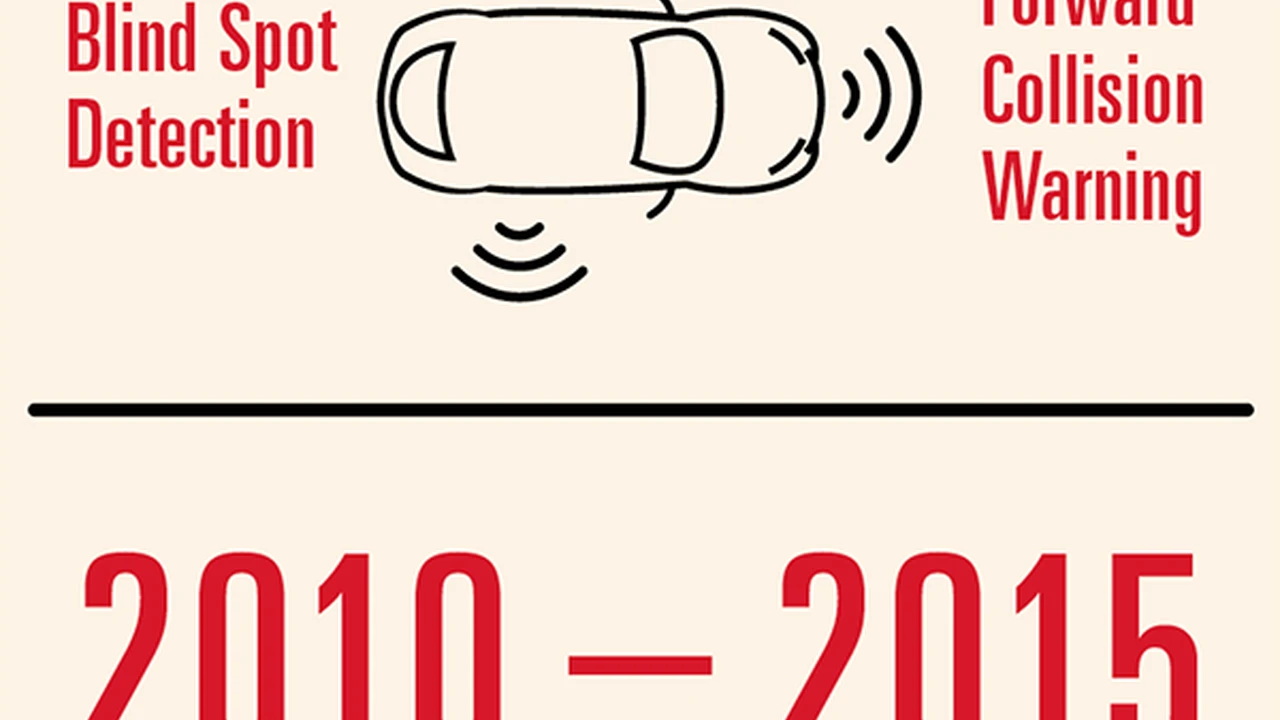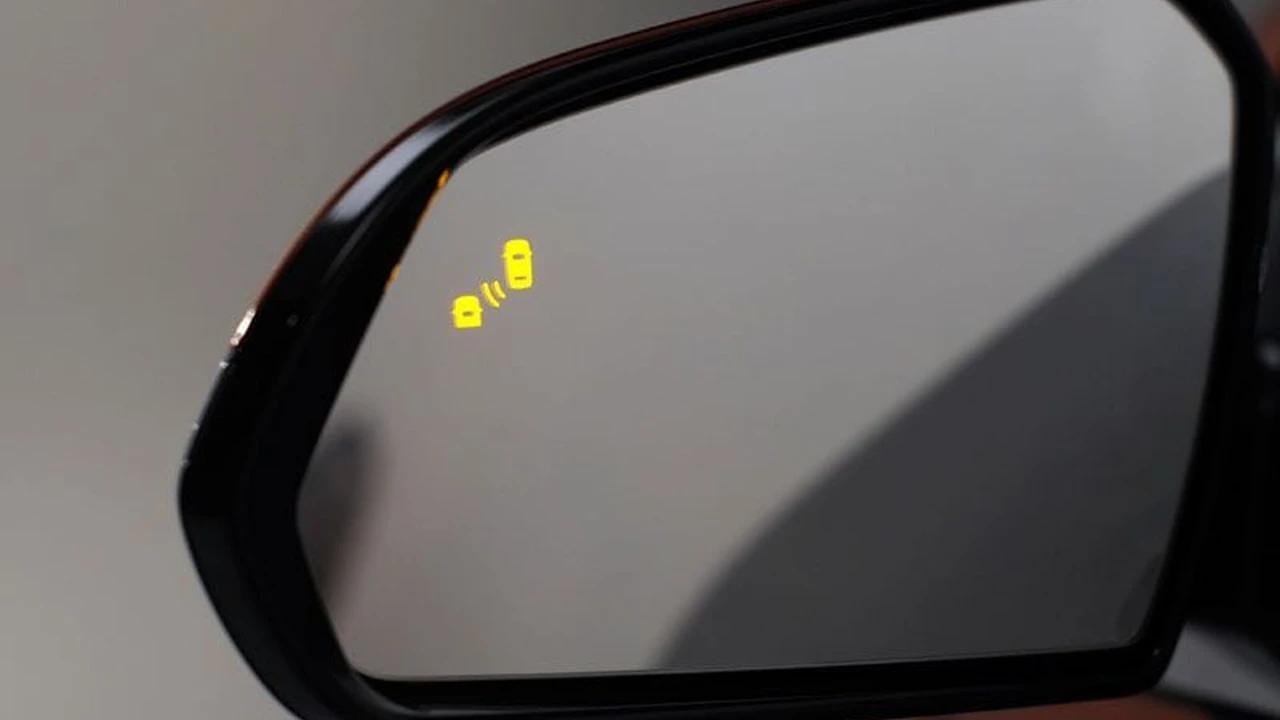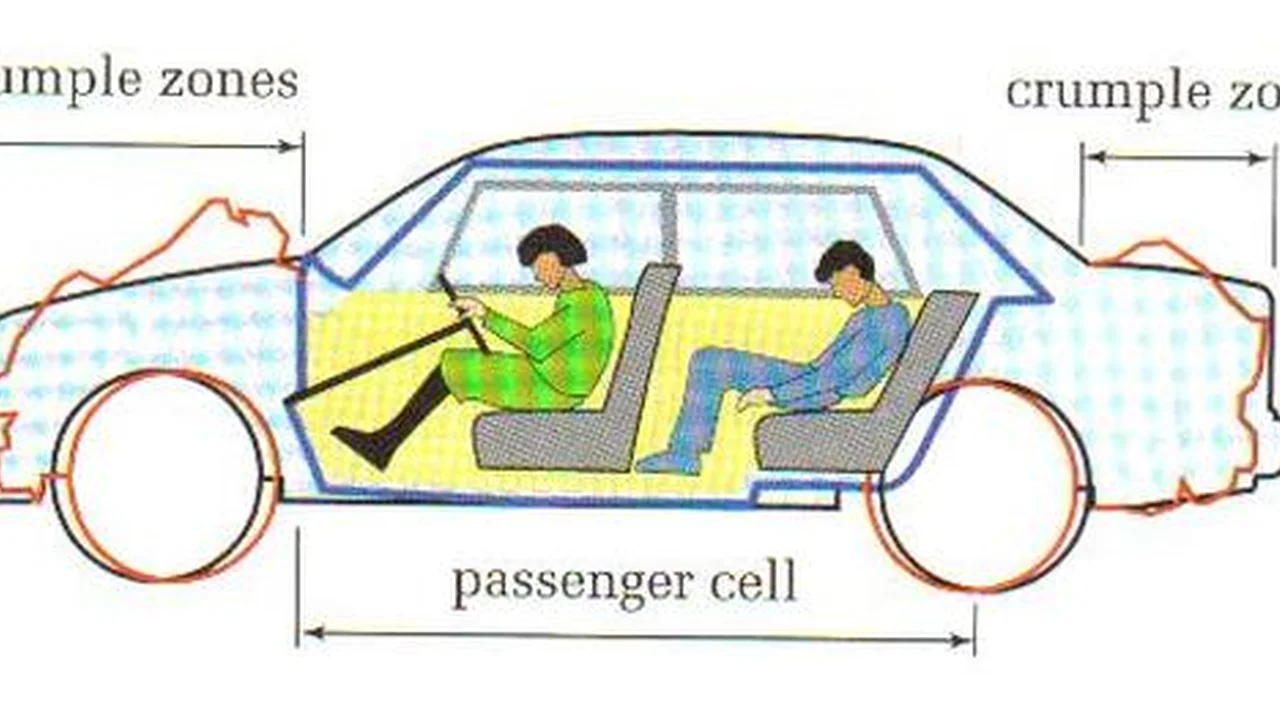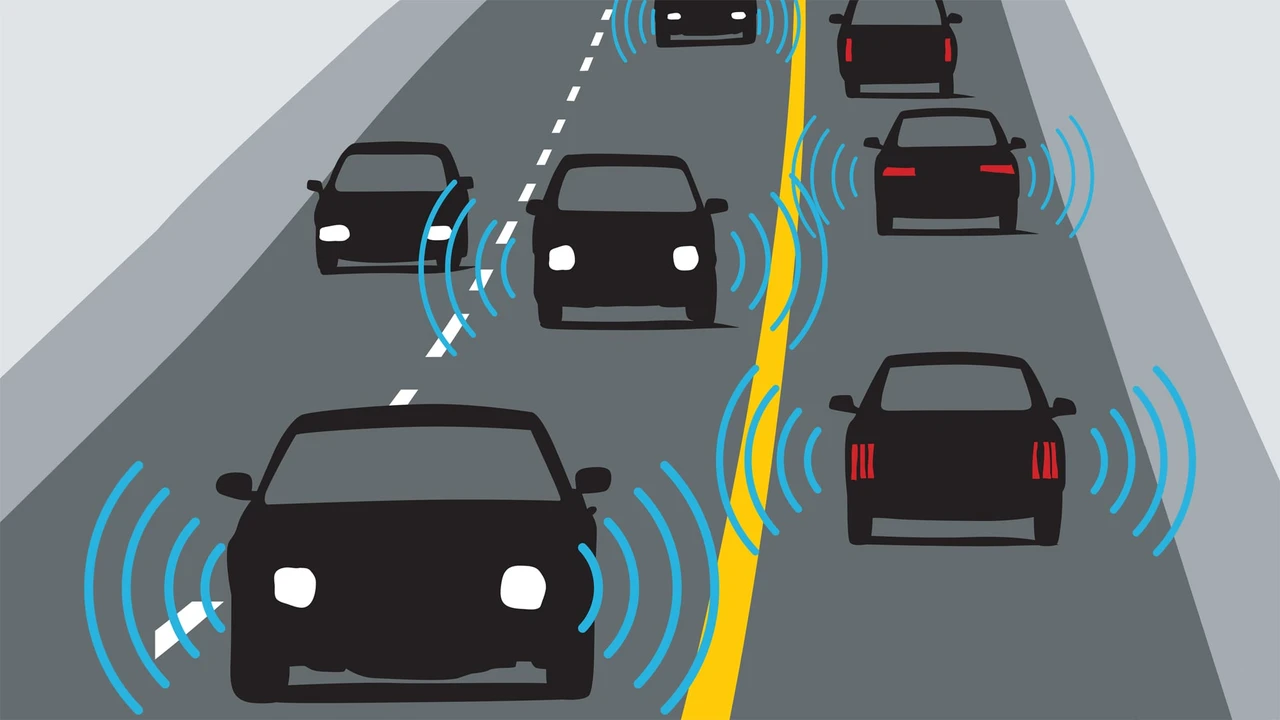The Impact of Advanced Driver-Assistance Systems on Insurance Costs

Understanding ADAS and Insurance Premiums How Advanced Safety Features Affect Your Car Insurance Rates
Hey there, future-proof drivers! Let's talk about something that hits close to home – your wallet. Specifically, how all those fancy gadgets in your car, known as Advanced Driver-Assistance Systems (ADAS), impact your insurance costs. You see, car insurance companies are all about risk assessment. The safer you are on the road, the lower your premium should be. But does ADAS really make a difference? Let's dive in.
ADAS encompasses a whole bunch of tech designed to prevent accidents and make driving safer. Think of things like:
- Automatic Emergency Braking (AEB): Senses an impending collision and slams on the brakes for you.
- Lane Departure Warning (LDW): Beeps or vibrates when you start drifting out of your lane.
- Lane Keeping Assist (LKA): Gently nudges you back into your lane if you start to wander.
- Adaptive Cruise Control (ACC): Maintains a safe following distance from the car in front of you, even adjusting your speed.
- Blind Spot Monitoring (BSM): Alerts you to vehicles lurking in your blind spots.
- Rear Cross-Traffic Alert (RCTA): Warns you of approaching traffic when you're backing out of a parking space.
- Parking Assist: Helps you parallel park like a pro.
The idea is simple: fewer accidents, fewer insurance claims. But the reality is a bit more nuanced.
Do ADAS Features Really Lower Insurance Costs Exploring the Potential Car Insurance Savings with Safety Technology
Okay, so here's the million-dollar question (or maybe just the few-hundred-dollar question): Does having ADAS in your car actually translate to cheaper insurance? The answer, as with many things in life, is… it depends. Some insurance companies are starting to offer discounts for vehicles equipped with specific ADAS features. Others are still figuring things out. The logic is sound: ADAS should reduce the likelihood of accidents, and therefore, claims. But the data is still being collected and analyzed. Plus, ADAS can sometimes be expensive to repair, which can offset any potential savings on premiums.
Think about it this way: a minor fender bender might cost a few hundred bucks to fix. But if your AEB system gets damaged in a collision, you could be looking at a much larger repair bill due to the sensors and recalibration required. Insurance companies are weighing these factors when determining premiums.
However, don't lose hope! Many insurers are starting to recognize the value of ADAS. It's always worth asking your insurance provider if they offer discounts for specific safety features. You might be surprised!
Specific ADAS Technologies and Their Impact on Premiums A Detailed Look at How Different Safety Systems Affect Insurance Rates
Let's break down some specific ADAS technologies and how they might influence your insurance premiums:
- Automatic Emergency Braking (AEB): This is arguably one of the most impactful ADAS features in terms of safety. Studies have shown that AEB can significantly reduce rear-end collisions. Because of its proven effectiveness, many insurers are offering discounts for vehicles equipped with AEB.
- Lane Departure Warning (LDW) and Lane Keeping Assist (LKA): These systems help prevent unintentional lane departures, which can lead to accidents. While the impact on insurance premiums might be less pronounced than AEB, they can still contribute to a safer driving record and potentially lower rates.
- Adaptive Cruise Control (ACC): ACC can help prevent accidents by maintaining a safe following distance. However, some insurers might view ACC as a convenience feature rather than a safety feature, so the impact on premiums might be minimal.
- Blind Spot Monitoring (BSM) and Rear Cross-Traffic Alert (RCTA): These systems can help prevent accidents in situations where visibility is limited. Insurers might offer discounts for vehicles equipped with these features, especially in urban areas where blind spots and cross-traffic are common hazards.
It's important to note that the availability and amount of ADAS-related discounts can vary depending on your insurance provider, location, and driving history.
ADAS Repair Costs and Insurance Implications How the Expense of Fixing Advanced Safety Systems Can Influence Insurance Prices
We touched on this earlier, but it's worth emphasizing: ADAS repair costs can be substantial. These systems rely on sophisticated sensors, cameras, and radar, which can be expensive to replace or recalibrate after an accident. For example, a damaged radar sensor in your ACC system could cost hundreds or even thousands of dollars to repair.
This is why some insurance companies are hesitant to offer significant discounts for ADAS. They know that while these systems can prevent accidents, they can also lead to higher repair bills when accidents do occur. It's a delicate balancing act.
To mitigate this risk, it's crucial to choose a reputable repair shop that specializes in ADAS repairs. They will have the necessary equipment and expertise to properly diagnose and repair these systems, ensuring that they function correctly and safely.
ADAS Products and Recommendations Exploring Specific Advanced Driver-Assistance Systems and Their Features
Alright, let's get into some specific ADAS products and recommendations. Keep in mind that ADAS features are typically integrated into the vehicle itself, rather than being standalone aftermarket products. However, there are some aftermarket solutions available, particularly for older vehicles.
Mobileye 6 Series
Description: Mobileye is a well-known brand in the ADAS space. The 6 Series is an aftermarket system that provides forward collision warning, lane departure warning, and pedestrian detection. It uses a camera mounted on the windshield to monitor the road ahead.
Use Case: Ideal for older vehicles that lack ADAS features. Can significantly improve safety by providing timely alerts to the driver.
Comparison: Compared to built-in ADAS systems, the Mobileye 6 Series might be less integrated and less seamless. However, it's a cost-effective way to add essential safety features to an older car.
Price: Typically ranges from $800 to $1,200, including installation.
Garmin DriveAssist 51 LMT-S
Description: This is a GPS navigation device with a built-in dashcam that also includes forward collision warning and lane departure warning. It's a multi-functional device that can enhance safety and provide navigation assistance.
Use Case: Great for drivers who want a navigation system with added safety features. The dashcam can also be useful for recording incidents.
Comparison: While it offers some ADAS features, it's not as comprehensive as a dedicated ADAS system like Mobileye. However, it's a more affordable option and provides additional functionality.
Price: Around $350 to $450.
Built-in ADAS Systems (Examples from Popular Car Brands)
Most modern cars come with ADAS features as standard or optional equipment. Here are a few examples:
- Toyota Safety Sense (TSS): Includes pre-collision system with pedestrian detection, lane departure alert with steering assist, automatic high beams, and dynamic radar cruise control.
- Honda Sensing: Includes collision mitigation braking system, road departure mitigation system, adaptive cruise control, and lane keeping assist system.
- Nissan Safety Shield 360: Includes automatic emergency braking with pedestrian detection, blind spot warning, rear cross-traffic alert, lane departure warning, and high beam assist.
Recommendation: When buying a new car, prioritize ADAS features. They can significantly improve safety and potentially lower your insurance costs. Compare the ADAS packages offered by different manufacturers and choose the one that best suits your needs and budget.
Tips for Maximizing Insurance Discounts with ADAS How to Get the Best Car Insurance Rates with Advanced Safety Features
Want to score some sweet insurance discounts with your ADAS-equipped vehicle? Here are a few tips:
- Shop around: Get quotes from multiple insurance companies. Different insurers have different policies regarding ADAS discounts.
- Ask about specific discounts: Don't just ask if they offer discounts for "safety features." Ask specifically about discounts for AEB, LDW, BSM, etc.
- Provide documentation: Be prepared to provide documentation that your vehicle is equipped with ADAS features. This could include the vehicle's window sticker or owner's manual.
- Maintain a clean driving record: ADAS can help prevent accidents, but it's still important to drive responsibly. A clean driving record will always be the best way to lower your insurance premiums.
- Consider a higher deductible: If you're confident in your driving skills and the effectiveness of your ADAS, you might consider increasing your deductible. This can lower your premium, but you'll have to pay more out-of-pocket if you do have an accident.
The Future of ADAS and Insurance How Emerging Technologies Will Further Impact Car Insurance Costs
The world of ADAS is constantly evolving. We're moving towards increasingly sophisticated systems that can handle more complex driving situations. Think about things like:
- Enhanced Automatic Emergency Braking: Systems that can detect and react to a wider range of obstacles, including cyclists and animals.
- Advanced Lane Keeping Assist: Systems that can not only keep you in your lane but also navigate curves and maintain a safe distance from other vehicles.
- Self-Parking Systems: Systems that can completely automate the parking process.
- Full Self-Driving (Autonomous) Vehicles: Vehicles that can drive themselves without any human intervention.
As these technologies become more prevalent, they will undoubtedly have a significant impact on the insurance industry. The hope is that they will lead to a dramatic reduction in accidents, which would result in lower insurance premiums for everyone. However, there are also challenges to consider, such as who is liable in the event of an accident involving a self-driving car.
The future of ADAS and insurance is uncertain, but one thing is clear: technology will continue to play a major role in shaping the way we drive and the way we insure our vehicles. So, keep an eye on these developments and stay informed. It could save you money and even save your life!
:max_bytes(150000):strip_icc()/277019-baked-pork-chops-with-cream-of-mushroom-soup-DDMFS-beauty-4x3-BG-7505-5762b731cf30447d9cbbbbbf387beafa.jpg)






